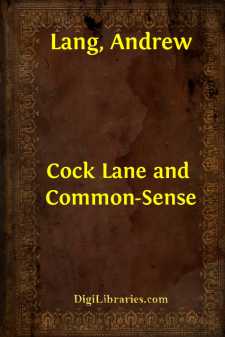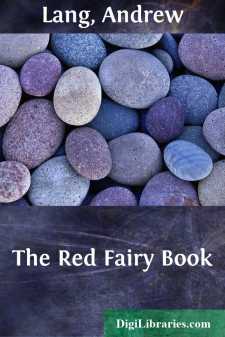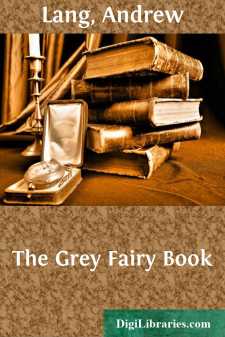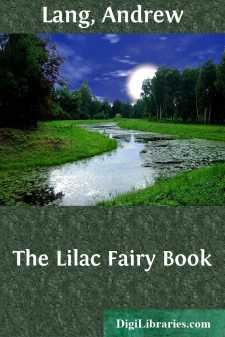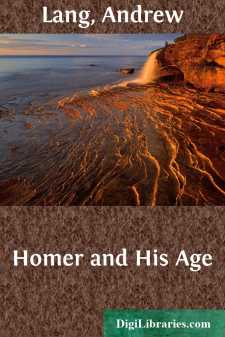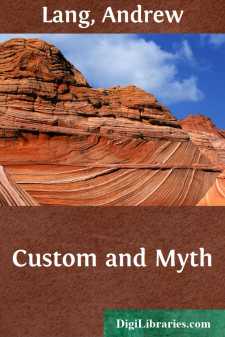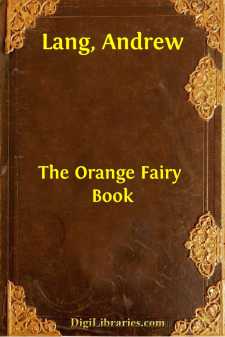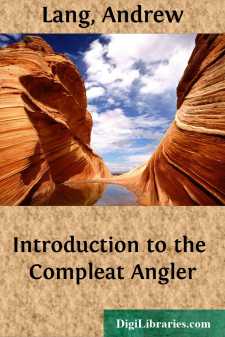Categories
- Antiques & Collectibles 13
- Architecture 36
- Art 48
- Bibles 22
- Biography & Autobiography 813
- Body, Mind & Spirit 142
- Business & Economics 28
- Children's Books 17
- Children's Fiction 14
- Computers 4
- Cooking 94
- Crafts & Hobbies 4
- Drama 346
- Education 46
- Family & Relationships 57
- Fiction 11829
- Games 19
- Gardening 17
- Health & Fitness 34
- History 1377
- House & Home 1
- Humor 147
- Juvenile Fiction 1873
- Juvenile Nonfiction 202
- Language Arts & Disciplines 88
- Law 16
- Literary Collections 686
- Literary Criticism 179
- Mathematics 13
- Medical 41
- Music 40
- Nature 179
- Non-Classifiable 1768
- Performing Arts 7
- Periodicals 1453
- Philosophy 64
- Photography 2
- Poetry 896
- Political Science 203
- Psychology 42
- Reference 154
- Religion 513
- Science 126
- Self-Help 84
- Social Science 81
- Sports & Recreation 34
- Study Aids 3
- Technology & Engineering 59
- Transportation 23
- Travel 463
- True Crime 29
Cock Lane and Common-Sense
by: Andrew Lang
Description:
Excerpt
PREFACE.
Since the first publication of Cock Lane and Common-Sense in 1894, nothing has occurred to alter greatly the author’s opinions. He has tried to make the Folklore Society see that such things as modern reports of wraiths, ghosts, ‘fire-walking,’ ‘corpse-lights,’ ‘crystal-gazing,’ and so on, are within their province, and within the province of anthropology. In this attempt he has not quite succeeded. As he understands the situation, folklorists and anthropologists will hear gladly about wraiths, ghosts, corpse-candles, hauntings, crystal-gazing, and walking unharmed through fire, as long as these things are part of vague rural tradition, or of savage belief. But, as soon as there is first-hand evidence of honourable men and women for the apparent existence of any of the phenomena enumerated, then Folklore officially refuses to have anything to do with the subject. Folklore will register and compare vague savage or popular beliefs; but when educated living persons vouch for phenomena which (if truly stated) account in part for the origin of these popular or savage beliefs, then Folklore turns a deaf ear. The logic of this attitude does not commend itself to the author of Cock Lane and Common-Sense.
On the other side, the Society for Psychical Research, while anxiously examining all the modern instances which Folklore rejects, has hitherto neglected, on the whole, that evidence from history, tradition, savage superstition, saintly legend, and so forth, which Folklore deigns to regard with interest. The neglect is not universal, and the historical aspect of these beliefs has been dealt with by Mr. Gurney (on Witchcraft), by Mr. Myers (on the Classical Oracles), and by Miss X. (on Crystal-Gazing). Still, the savage and traditional evidence is nearly as much eschewed by psychical research, as the living and contemporary evidence is by Folklore. The truth is that anthropology and Folklore have a ready-made theory as to the savage and illusory origin of all belief in the spiritual, from ghosts to God. The reported occurrence, therefore, of phenomena which suggest the possible existence of causes of belief not accepted by anthropology, is a distasteful thing, and is avoided. On the other hand, psychical research averts its gaze, as a rule, from tradition, because the testimony of tradition is not ‘evidential,’ not at first hand.
In Cock Lane and Common-Sense an attempt is made to reconcile these rather hostile sisters in science. Anthropology ought to think humani nihil a se alienum. Now the abnormal and more or less inexplicable experiences vouched for by countless living persons of honour and sanity, are, at all events, human. As they usually coincide in character with the testimony of the lower races all over the world; with historical evidence from the past, and with rural Folklore now and always, it really seems hard to understand how anthropology can turn her back on this large human province. For example, the famous affair of the disturbances at Mr....


